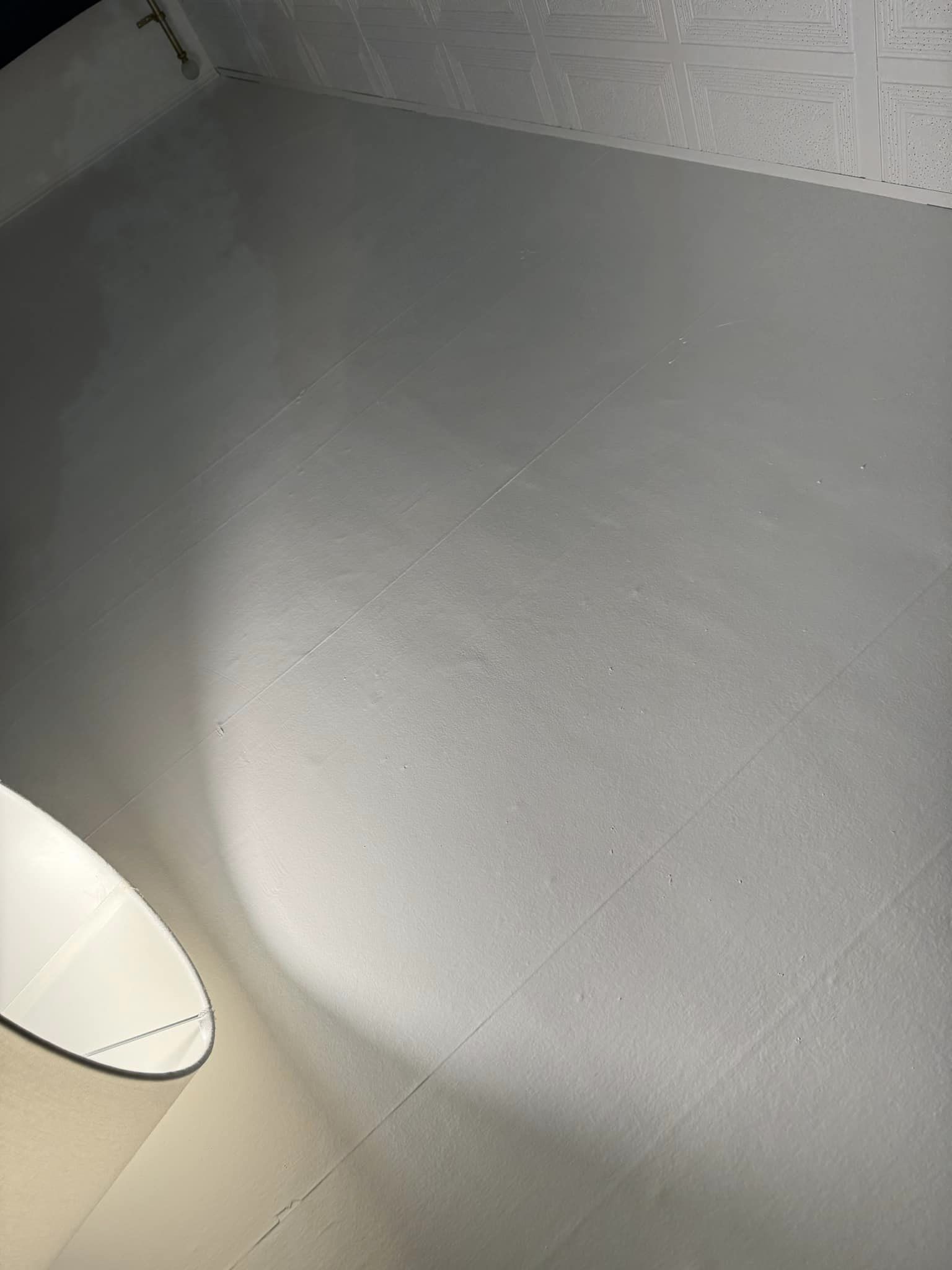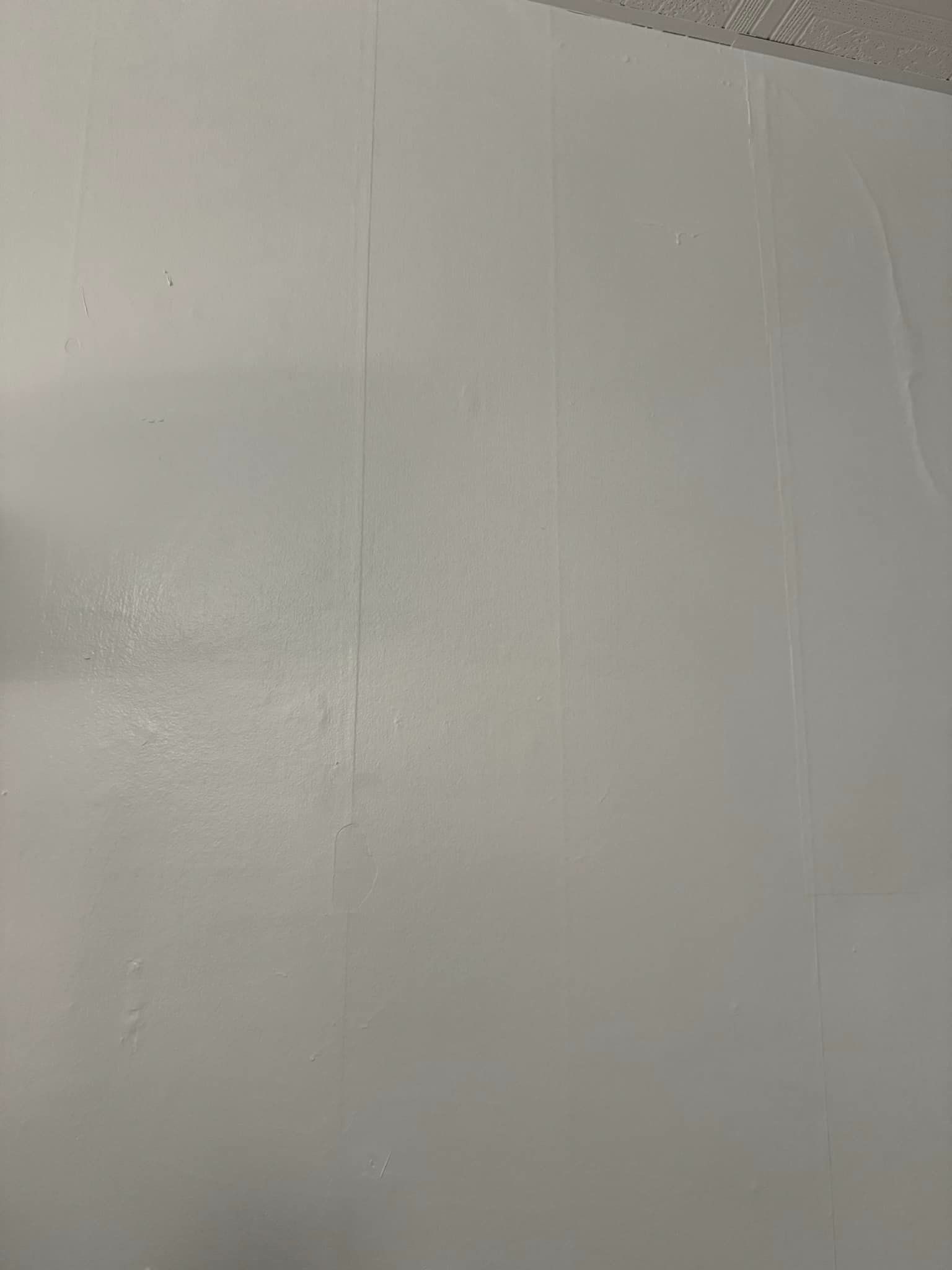Has anyone successfully removed layers of painted-over wallpaper from a 100-year-old home, and if so, do you have any tips for effective removal?
1 year ago
Last Updated: June 12, 2024
I just got this super old house that’s over 100 years old, and it’s got layers and layers of wallpaper that the previous owners painted over. Some of it comes off pretty easily, but other parts are a real pain to remove… looks like I’ll be doing a lot of scraping. Has anyone dealt with removing old, painted-over wallpaper before? Thanks for any tips!


It’s such a pain in the butt! I purchased a razor scraper and got to work. It’s really messy and dusty, so make sure to protect your floor and your face. Mine had around four layers, finally revealing what I believe was the original 124-year-old wallpaper on the plaster. Steaming didn’t do the trick for me, it was all about putting in some serious elbow grease and shedding a few tears, haha.
I had a feeling that would be the response, but I was secretly hoping it wouldn’t be! Thanks!
Spray bottle, water, let it sit for a bit, then come back and spray with water again. Be patient! Use your 5&1 tool to remove it easily. For tough spots, just add more water!
I also tried steaming without success, so I ended up using a spray bottle with a mix of warm water and fabric softener. I made sure to wet it thoroughly, let it soak for a few minutes, and then scraped it off. It was messy and time-consuming, but maybe it counts as an arm workout! 💪
Cut through tough materials easily with a heavy duty utility blade.
I prefer using a garden spray tank with a pump.
After attempting to remove the wallpaper with a scraper, let the water do the rest of the work.
Spray the area, allow it to soak in, then repeat the process until everything starts to separate.
Each room may require a different approach, so don’t be afraid to try something new if one method isn’t working.
It can get messy and wet, but you’ll figure out what works best as you go along.
I’ve found that using a scoring tool is effective for single layers of paper, while a utility knife may be better for layers with paint mixed in.
Efficiency is key, so I use plenty of water in my process.
I typically focus on two walls at a time, spraying and soaking as I progress. Once I reach the plaster, I wash the walls with warm water and try to keep them damp to avoid having to re-apply glue.
Having a
Make sure to let the water do all the work!
Chances are, you have plaster with wallpaper and paint on top of it. I used a two-step method with a wallpaper steamer. First, I scored the wall and then used the steamer to heat up the paint layer and peel off as much as I could. The latex layer over the wallpaper made it difficult for the steam to penetrate and soften the glue. Once the paint was removed, the steamer was able to easily loosen the wallpaper. Any dents or damage to the plaster were filled with joint compound before priming and painting the wall.
Just remember, it might be easier to rip out the whole wall instead of dealing with the wallpaper.
You might want to try using an orbital sander to see if it can smooth out that seam.